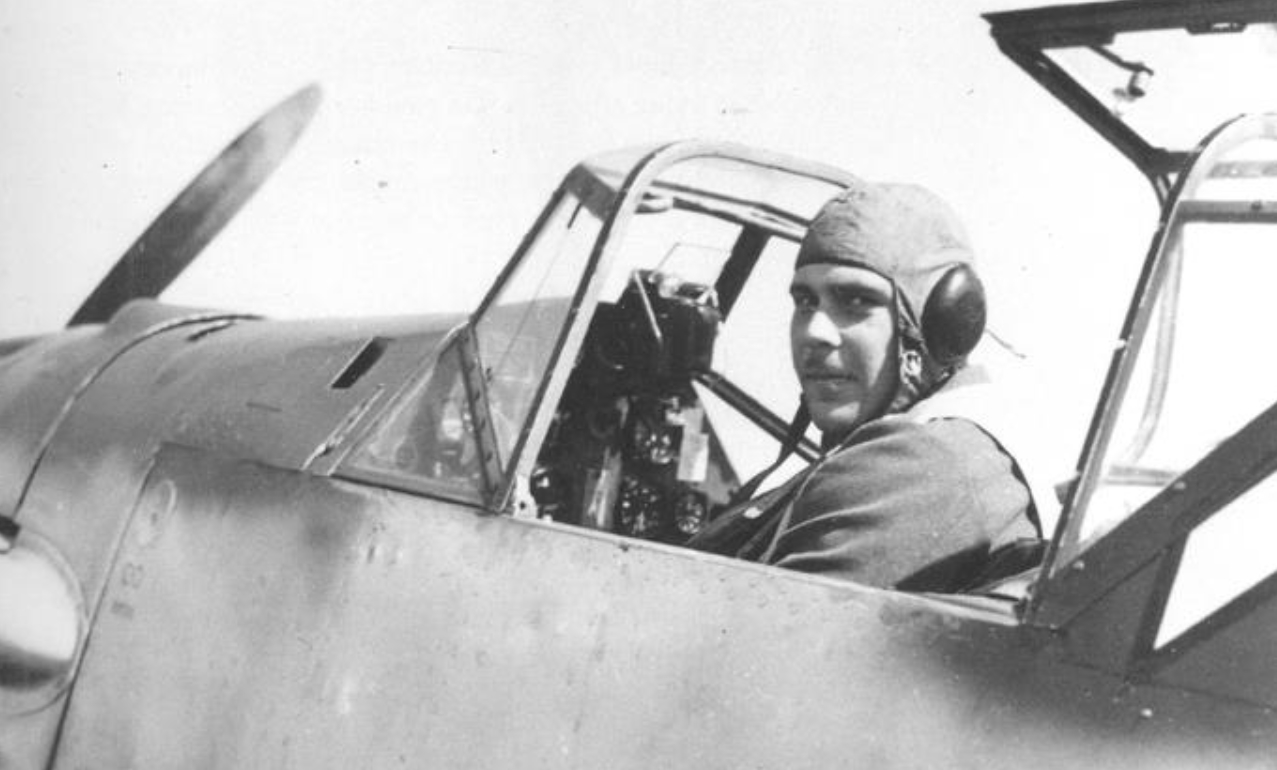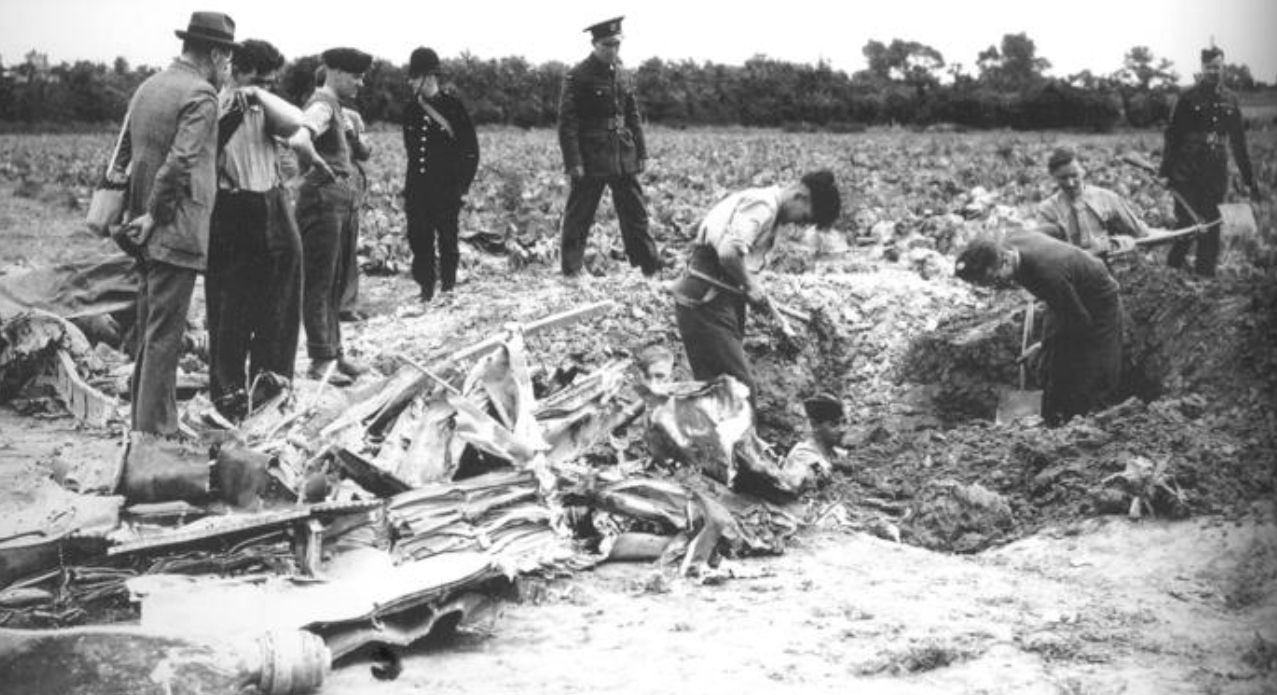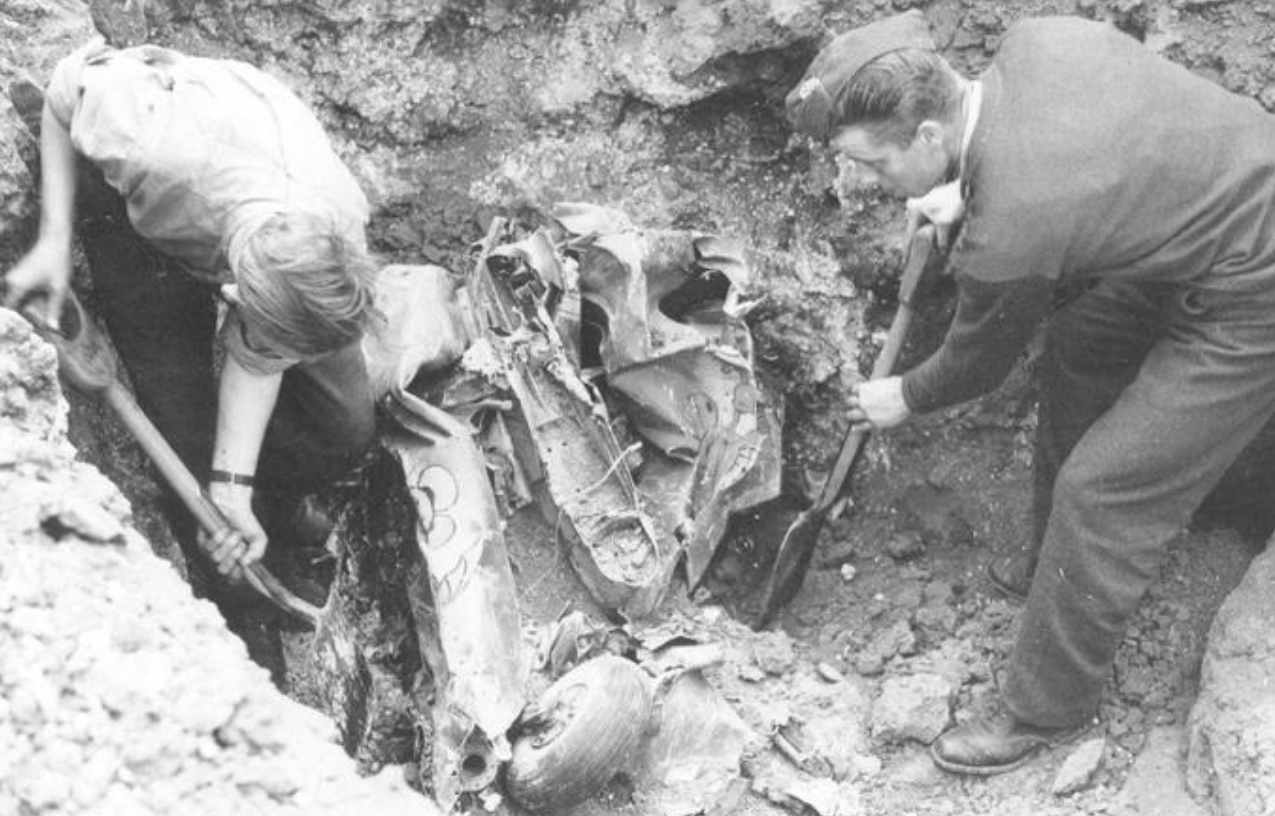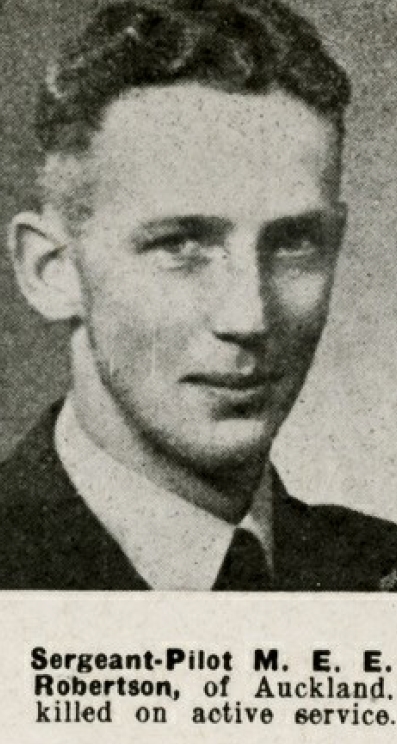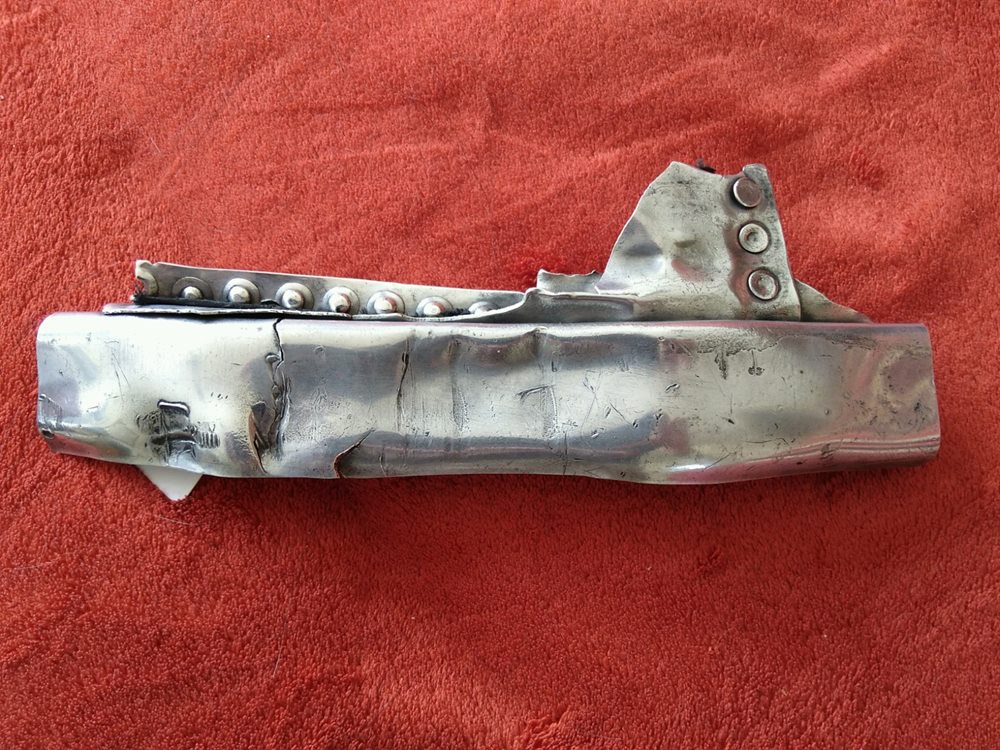
The Second World War resulted in the deaths of around 85 million people. Additionally, tens of millions more people were displaced. However, amid all the carnage people demonstrated remarkable courage, fortitude, compassion, mercy and sacrifice. We would like to honour and celebrate all of those people. In the War Years Blog, we examine the extraordinary experiences of individual service personnel. We also review military history books, events, and museums. And we look at the history of unique World War Two artefacts, medals, and anything else of interest.
Fragments of Triumph and Tragedy
In this blog, we look at two fragments of World War Two aviation history, one a German Luftwaffe Bf-109E-3 and the other a Royal Air Force Spitfire Mk.Vb. We learn how one pilot was to survive a short, brutal dogfight and how the other was to die and only receive a proper burial 70 years later.
Britain stands alone
After the invasion and occupation of France by Nazi Germany between May and June 1940, Britain stands alone. In July 1940, the struggle for air supremacy over the British Isles begins. The Battle of Britain will last three and a half months. Initially, the German Luftwaffe (air force) attacks dockyards and British shipping in the English Channel. The Royal Air Force (RAF), equipped with fewer fighters, seems hopelessly outmatched. However, the RAF does have some advantages. Thanks to Hugh Dowding, head of Fighter Command, Britain possesses the world’s first truly integrated air defence system including radar technology. As well as knowing when and where the enemy will strike, Dowding ensures Fighter Command is equipped with Hurricanes and Spitfires to intercept them. The RAF also enjoys home advantage while German aircraft operate at the extreme of their range.
The last flight of Lt. Albert Striberny
On 8 July 1940, just as the Battle of Britain is about to begin, Leutnant Albert Striberny, 3/LG2 (3 Staffel/Lehrgeschwader2), is sitting in his Messerschmitt Bf 109E-3 (work no. 2964). It’s early evening, and Lt. Striberny thinks he’s done for the day. Instead, his Staffel is ordered to escort a Dornier 17 (Do 17) on a reconnaissance mission over Dover. Once over the target, the Spitfires of 54 Squadron jump the Staffel.
Striberny manoeuvres his Bf 109 behind a Spitfire only to discover another one is on his tail. It isn’t much of a fight. He hears a sound like someone throwing peas against a metal sheet and the cockpit fills with black smoke. Covered in aviation fuel, Striberny prepares to bail out, but he’s worried about hitting the tailplane when he makes his escape. Finally, he slides open the cockpit canopy, flips the plane over, releases his straps and drops out. The parachute opens; he floats gently to earth and is immediately taken, prisoner. His Bf 109 doesn’t do so well. It crashes, disintegrating on impact, at Buckland Farm, Sandwich, Kent. One of the few recognisable pieces is the tail section with the unit’s Micky Mouse insignia. 78 years later, almost to the day, I picked up a piece of that Bf 109E-3 at Flying Legends.
Click to move to next image
Tragic accident
Spitfire AR403 was an Mk Vb built by Westland Aircraft under licence. The aircraft was fitted with the signature Merlin 45 engine and armed with two 20mm cannons and four .303 machine guns. On 11 April 1942, she was delivered to the 38 maintenance unit and then joined the 131 Squadron. She then went to 165 Squadron based at Llanbede. In August, the squadron moved south to Gravesend and started operational sweeps against the Luftwaffe over Northern France. Next, she was transferred to the 65 Squadron. On 16 January 1943 AR403 piloted by New Zealander Sgt. Malcolm Robertson was on a training flight over southern Scotland. The exercise was to practice climbing and aerobatic manoeuvres. However, during one of these manoeuvres, the Spitfire was reported to have dived vertically out of the cloud. It crashed into the grounds of Wedderlie House, catching fire on impact.
Click to move to the next image
A final resting place for Sgt. Robertson
Sadly, Sgt. Malcolm Robertson was killed in the crash. He was laid to rest at Craigton Cemetery, Glasgow. However, in 2012, following an expert anthropological examination, further human remains were found at the crash site. These remains were positively identified as belonging to Sgt. Robertson. These remains were reinterred during a ceremony with “the honour and dignity” befitting a pilot at Sgt. Robertson's grave in 2013. An initial crash inspection in 1943 recovered parts of a uniform, dog tags and a single flight boot, which were interred at Craigton Cemetery in Glasgow, following a wartime board of inquiry. Sgt. Robertson was just 21 years old. An exhibition of artefacts from Spitfire AR403 was held near Edinburgh to help raise funds for a memorial to Sgt. Robertson.
Sources: www.deadlinenews.co.uk, www.iwm.org.uk/collections/photographs


